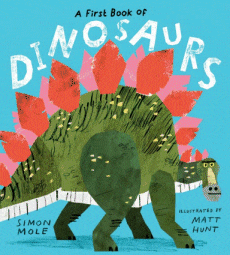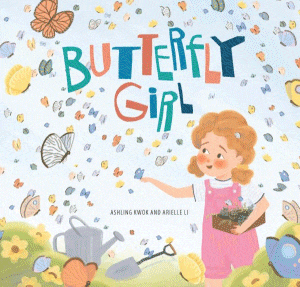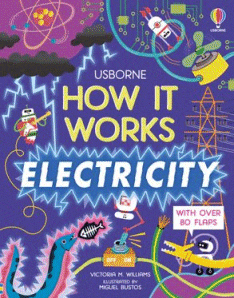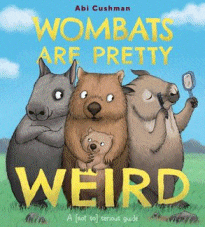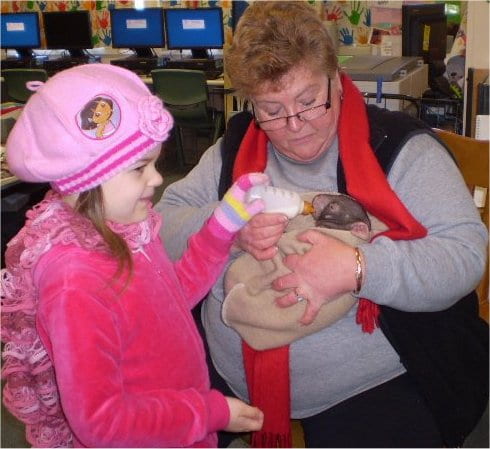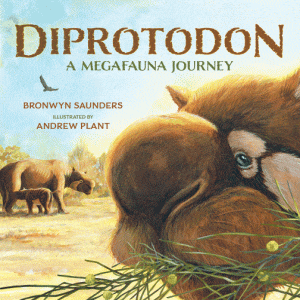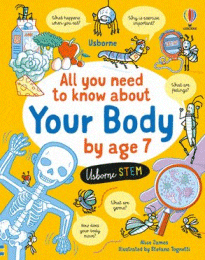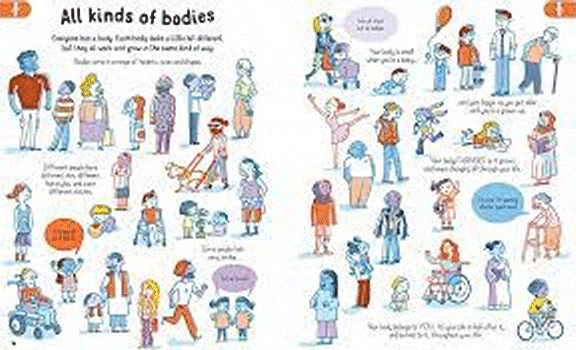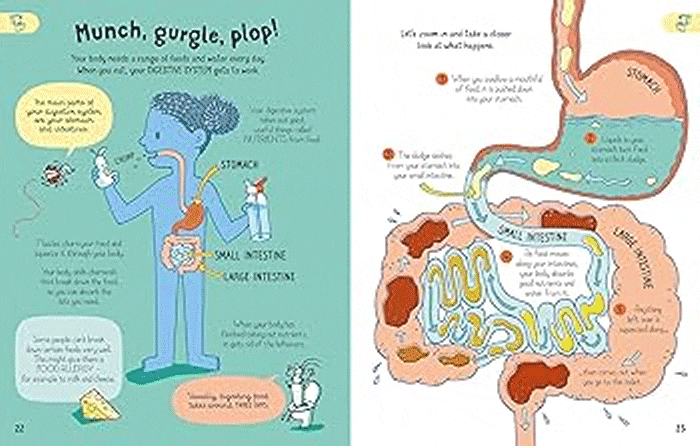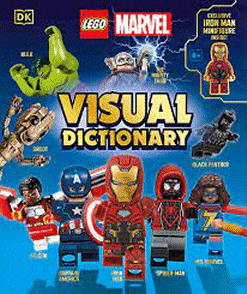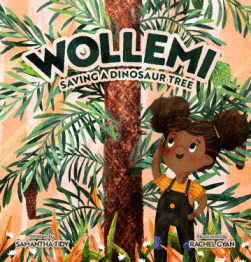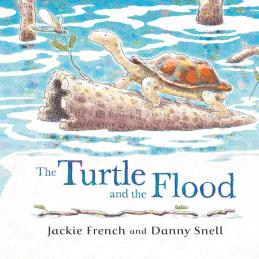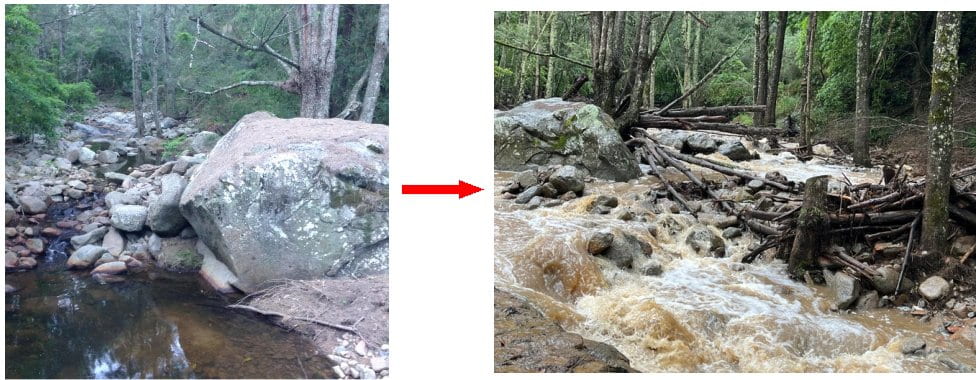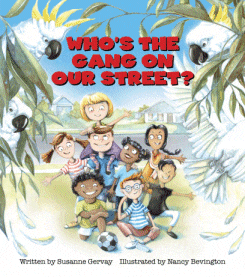
Who’s the Gang on Our Street?
Who’s the Gang on Our Street?
Susanne Gervay
Nancy Bevington
Big Sky, 2023
32pp., pbk., RRP $A14.99
9781922896810
There are lots of gangs on our street – a rock and roll gang with spiky hair; a soccer gang with bright uniforms; a billycart gang who race down the hill; a music gang, a dancing gang, an acrobat gang… so many gangs that I don’t belong to but I could if I wanted to! Because I have funky-punky hair, I love to move and play; I can fly faster than any human can run; I can hang upside down and twist and turn better than anyone…
This is a jaunty, unusual introduction to one of Australia’s most iconic birds, the sulphur-crested cockatoo, and, as if to prove Gervay’s point about their versatility, there is a gang of them investigating a newly-fallen tree outside my window as I write. They’re hanging upside down on the food feeder chains, looking for bugs in the newly peeling bark, while there is always one standing guard… and their distinctive squaark always lets us know when they are in the neighbourhood.
But for all that I see these birds almost every day once the mountain weather starts to warm up, there is still a lot in this new book that I hadn’t noticed, such as the fact that they always use their left leg like a human hand, so I will be observing them with fresh eyes this summer.
Narrative non fiction has overtaken the traditional facts-and-figures books that used to be the core of the library’s non fiction collection and between them, Gervay and Bevington have produced something that is unique, fun and very appealing bringing this Australian icon right into the realm of the reader. A short quiz encourages the reader to explore the fun facts that are included and ensures that these birds that bring so much joy through their antics (even though these are provoked by the eternal search for food) will become favourites for a new generation.
